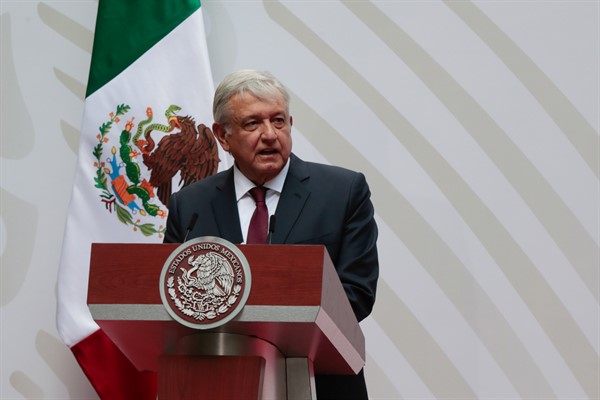MEXICO CITY—In mid-March, as governments around the world were imposing lockdowns and other restrictions to slow the spread of the coronavirus, Mexican President Andres Manuel Lopez Obrador was upbeat. He waved off “this idea that you can’t hug” as a result of the virus. “You have to hug each other,” he insisted. “Nothing will happen.” At a press conference on March 18, he pulled out his wallet to show off the religious images, four-leaf clover and $2 bill he carries for good luck—and as protection, he claimed, from COVID-19. A few days later, he encouraged people to keep going out to restaurants with their families.
But by the end of the month, he had reversed his stance. AMLO, as the president is widely known in Mexico, released a video on March 28 encouraging people to stay home, flatten the curve and avoid unnecessary trips to hospitals. He curtailed his rigorous travel schedule, ending the weekend trips he took on commercial flights to visit villages where he shook supporters’ hands and hugged children. On March 30, the government declared a national health emergency.
Still, by that time, several other Latin American countries had begun curfews, suspended air travel or imposed lockdowns. AMLO’s administration did none of those things, causing critics to describe his response to the pandemic as delayed and lax. Mexico’s testing of its population for the coronavirus has been limited; at 0.9 tests per 1,000 people as of May 12, it has the lowest test rate of any OECD country. Chile, the only other Latin American OECD member, has done 15 tests per 1,000 people, while the United States has done 28. Mexico’s Health Ministry has suggested that the true case count is exponentially higher than the official tally, which currently stands at more than 38,000 confirmed cases.

